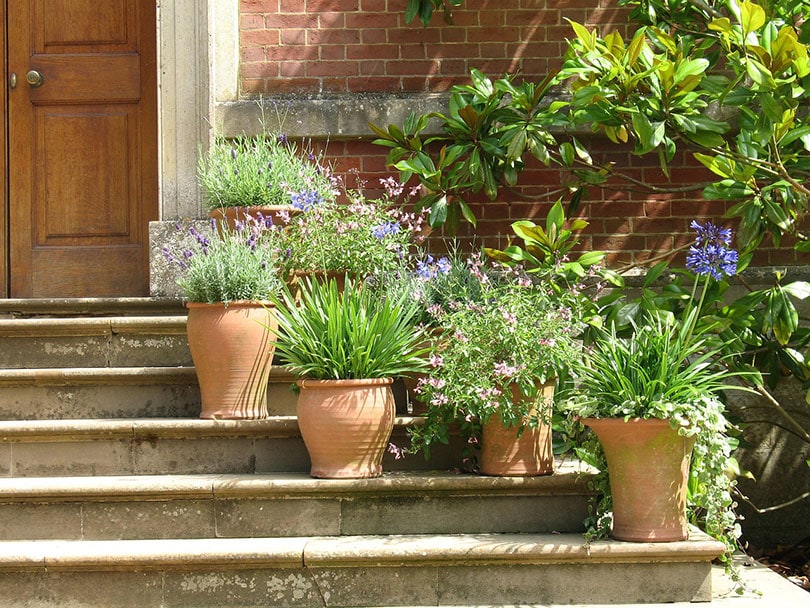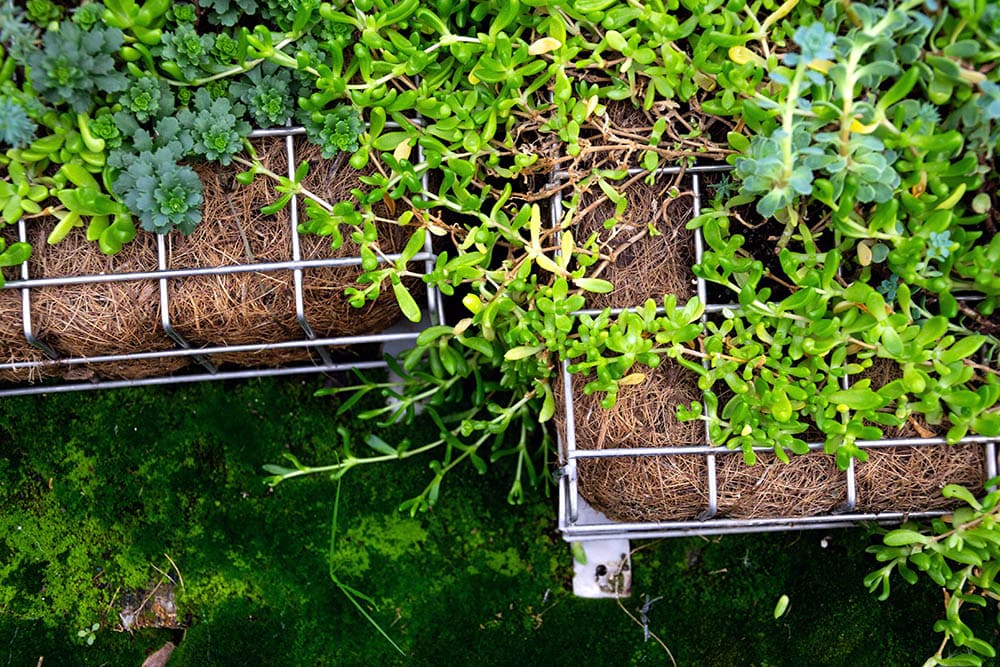Why Are Plants Green? Science, Facts & FAQ
-
Brooke Bundy
- Last updated:

Whether you garden with a green-thumb or visit the grocery store to source your vegetables, you might notice that almost all plants have green leaves and stems. Have you ever wondered why? The simple answer is that plants naturally contain chlorophyll, a chemical which absorbs all of the other colors and wavelengths of light. Green photons are partially absorbed–around 90% in most plants–and then the rest of that light is reflected. Here’s a little more about why most plants appear green, as well as the reason some don’t, and an explanation of what happens as the leaves prepare for their grand colorful finale late in the year.
Why Are Most Leaves Green and Why Are Some Leaves Other Colors?
Plants use a process called photosynthesis to produce their “food.” They need water, sunlight, and carbon dioxide to complete this task. A green pigment called chlorophyll is responsible for absorbing the sunlight needed for photosynthesis, and it’s most efficient at absorbing red wavelengths of light. Although chlorophyll absorbs some green wavelengths—around 90%—the remaining 10% is enough to cause the plant to appear green as it reflects the green wavelengths.
Some plants, such as the amazing purple heart, aren’t always green. The purple heart (Setcreasea or Tradescantia pallida) can be grown as ground cover in Zones 9-11 but is cultivated as a houseplant everywhere else. If it’s kept inside with little access to light the leaves will turn green, but if it’s moved somewhere with at least four hours of sunlight each day it will turn purple.
So why is that? While the purple heart (and indeed all plants) still contain chlorophyll for photosynthesis, it also holds other pigments that reflect light if left regularly in the sunshine. Purple heart, cabbage, and similarly purple plants carry more compounds called anthocyanins than other plants, which are responsible for their red-purple hue. Anthocyanins are actually a group of antioxidants that help make some foods like cherries, blueberries, and red apples so healthy.

What Happens In the Fall?
If you live where there are deciduous hardwood trees, you’re probably familiar with the cool, crisp months when the leaves turn dry and brittle, transforming into a patchwork of red, golden, green, and brown before falling to the ground with a graceful twirl. In awe of the autumnal display, you might have not considered why the leaves lose their green hue as they prepare to disembark on their final journey.
Due to the shortened daylight hours, plants forgo the photosynthesis process. This breaks down the chlorophyll in their leaves, revealing more of other compounds such as anthocyanins that were previously masked by the dominant chlorophyll. Trees halt the photosynthesis process for preservation because they need to use their energy to stay alive during the winter months instead of producing more food.
Acids seal the base of the leaf, allowing more water and other chemicals to remain with the tree as it becomes dormant through the winter months. This makes these colorful leaves die and eventually fall off the tree.
In Conclusion
Some plants contain more chlorophyll, which reflects green light more than other compounds such as anthocyanins that are better at reflecting red or purple light. These plants will appear green, at least until autumn comes when deciduous leaves change colors and take flight.
- https://www.jic.ac.uk/blog/why-are-plants-green/
- https://www.kew.org/read-and-watch/why-do-leaves-change-colour
- https://homeguides.sfgate.com/houseplants-repel-mosquitoes-cockroaches-pests-13771627.html
- https://getbusygardening.com/purple-heart-plant-care/
- http://scienceline.ucsb.edu/getkey.php?key=4855
- https://www.healthline.com/nutrition/anthocyanin#foods-list
- https://www.canr.msu.edu/resources/purple-leaves
Featured Image Credit: cjsaffron, Pixabay
